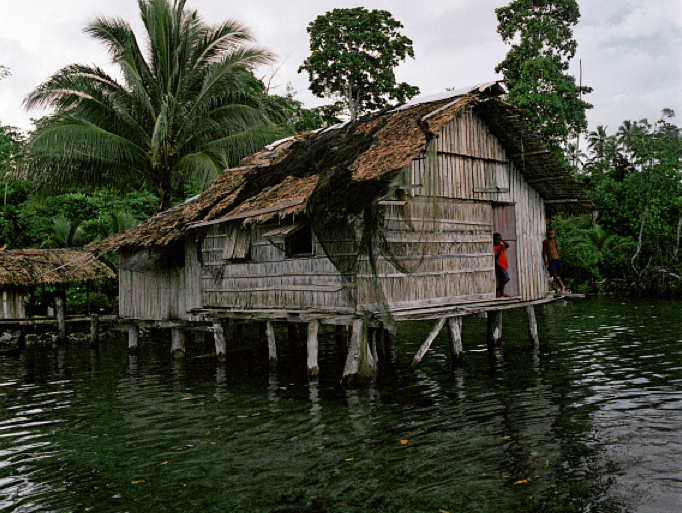By: Neena Bhandari
Send to a friend
The details you provide on this page will not be used to send unsolicited email, and will not be sold to a 3rd party. See privacy policy.
[SYDNEY] Frequent extreme weather events such as floods, droughts and cyclones are inflicting significant damage on the health and public health infrastructure of South Pacific island communities.
“Addressing these threats early can save lives and suffering.”
By Eileen Natuzzi, researcher at San Diego State University’s Graduate School of Public Health
A study on the impact of cyclone-triggered flash floods on the Solomon Islands in 2014, published in the American Journal of Tropical Medicine and Hygiene (18 April), provides graphic evidence of the risk of acute injuries, infectious disease outbreaks and mortality facing island populations worldwide due to extreme events related to climate change.
The problem highlights the urgent need to develop climate resilience in South Pacific communities, given the region’s growing vulnerability to severe storms which are compounded by the threat of rising sea levels.
“Gradually relocating vulnerable health infrastructure, including supply houses, to safer locations can keep services available when needed the most. Partnerships need to combine development that fosters economic growth along with education, health and smart building that stands up to external threats,” says Eileen Natuzzi, author of the study and a general surgeon and public health researcher at San Diego State University’s Graduate School of Public Health in the United States.
She suggests relocating housing away from the flood prone-areas and building an inland road that can keep commerce, people and utility services flowing during coastal flooding in Pacific Island cities.
“A good example of an infrastructure development programme that served the people well in fostering growth and following an extreme weather event is the Ring Road in Vanuatu, built with the U.S Millennium Challenge Corporation compact monies. Following Cyclone Pam, aid moved in and out of Port Villa thanks to that road,” Natuzzi explains.
She notes that crowding of people in evacuation centres with marginal hygiene can increase cases of respiratory diseases and diarrhoea and foster stress and mental illness.
“Addressing these threats early can [thus] save lives and suffering,” she notes, adding that early and aggressive spraying of mosquito repellent helped keep down outbreaks of malaria and dengue following the floods in Honiara, the capital of Solomon Islands. Natuzzi recommends that aid money is better spent on setting up infectious disease laboratories to diagnose and track outbreaks of existing and emerging infectious agents such as the Zika virus, and on educating vulnerable island communities on land use to ensure food security.
Oxfam Australia’s climate change policy adviser Simon Bradshaw says, “This is a significant new study and strong reminder of how climate change is already affecting communities in the Pacific. The international community must provide greater funding and support to Pacific countries in implementing their national adaptation strategies.”
“Importantly, our approaches should enable local communities to build on their strengths and develop solutions that are right for the local context and respond to the needs of the most vulnerable,” Bradshaw stresses.
This piece was produced by SciDev.Net’s South-East Asia & Pacific desk.
References
Eileen S. Natuzzi and others Defining population health vulnerability following an extreme weather event in an urban Pacific island environment: Honiara, Solomon Islands (American Journal of Tropical Medicine and Hygiene, 18 April 2016)














